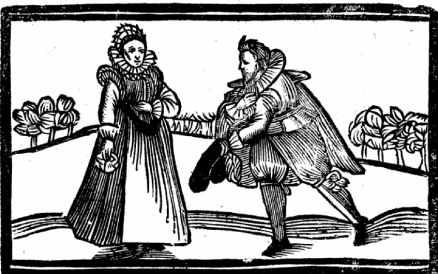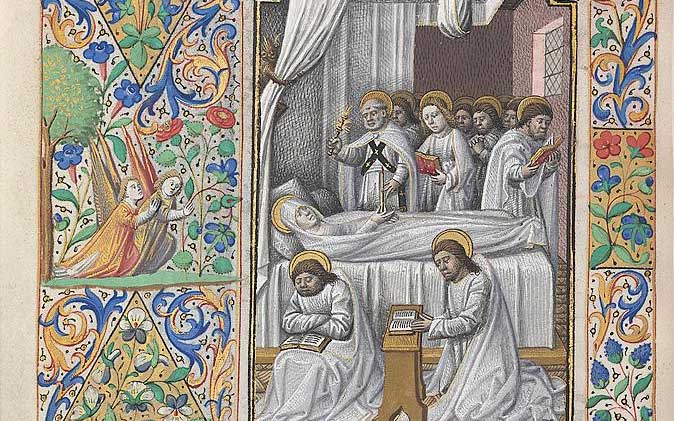About
Aims and scope
Parergon publishes articles on all aspects of medieval and early modern studies. We publish one open issue and one guest edited special issue each year, each with up to ten articles and a substantial book review section.
The journal's articles encompass the art, architecture, literature, theatre, music, philosophy, theology and history of the period. We are especially interested in material that crosses traditional disciplinary boundaries and takes new approaches, including explorations of the reception and afterlives of the medieval and early modern periods and work that amplifies overlooked voices, histories, works and objects. Parergon welcomes submissions that complicate and reimagine the medieval and early modern past, including work in critical race studies, gender and sexuality studies and environmental humanities, alongside other approaches and topics. We aim to be the leading journal for the work of medieval and early modern researchers from the southern hemisphere and to represent their often unique perspectives on the period.


History
Parergon is Australia’s oldest continuing journal devoted to the study of the medieval and early modern periods. Initially published in 1968 under the title of the Australia and New Zealand Medieval and Renaissance Society (ANZMRS) Bulletin, the journal first took the name Parergon in 1971. The original series ran for eleven years and published thirty-two volumes. The current Parergon series began in 1983 with volumes published on an annual basis with various issues released throughout the year. In 1996, with the formation of the Australian and New Zealand Association for Medieval and Early Modern Studies (ANZAMEMS), Parergon became the official journal of the association. In over fifty years of publication, Parergon has continued to attract high-quality and innovative articles, pushing the boundaries of our knowledge of the medieval and early modern with unique perspectives from Australia, New Zealand and other parts of the southern hemisphere.
SCImago Journal Rank
The SCImago Journal Rank is an indicator of the journal's prestige, relative to other scholarly journals in its field. It is based on the number of citations received by articles published in the journal. The ranking is developed from information contained in the citation database Scopus (Elsevier B.V.).
Editorial board
Editors

Rosalind Smith
The Australian National University

Sarah Ross
Te Herenga Waka — Victoria University of Wellington
Reviews editor
Claire McIlroy
University of Western Australia
Editorial assistant
Marina Gerzic
University of Western Australia
Advisory board
Peter Anstey
University of Sydney
Glyn S. Burgess
University of Liverpool
Conal Condren
University of New South Wales
David Garrioch
Monash University
Jane Hardie
University of Sydney
Stephanie Hollis
University of Auckland
Jean E. Howard
Columbia University
Thomas DaCosta Kaufmann
Princeton University
Andrew Lynch
University of Western Australia
Constant Mews
Monash University
Kim Phillips
University of Auckland
Wilfrid Prest
University of Adelaide
Lyndal Roper
Oriel College, Oxford
James Simpson
Harvard University
Stephanie Trigg
University of Melbourne
Robert S. White
University of Western Australia
Jocelyn Wogan-Browne
Fordham University
Charles Zika
University of Melbourne